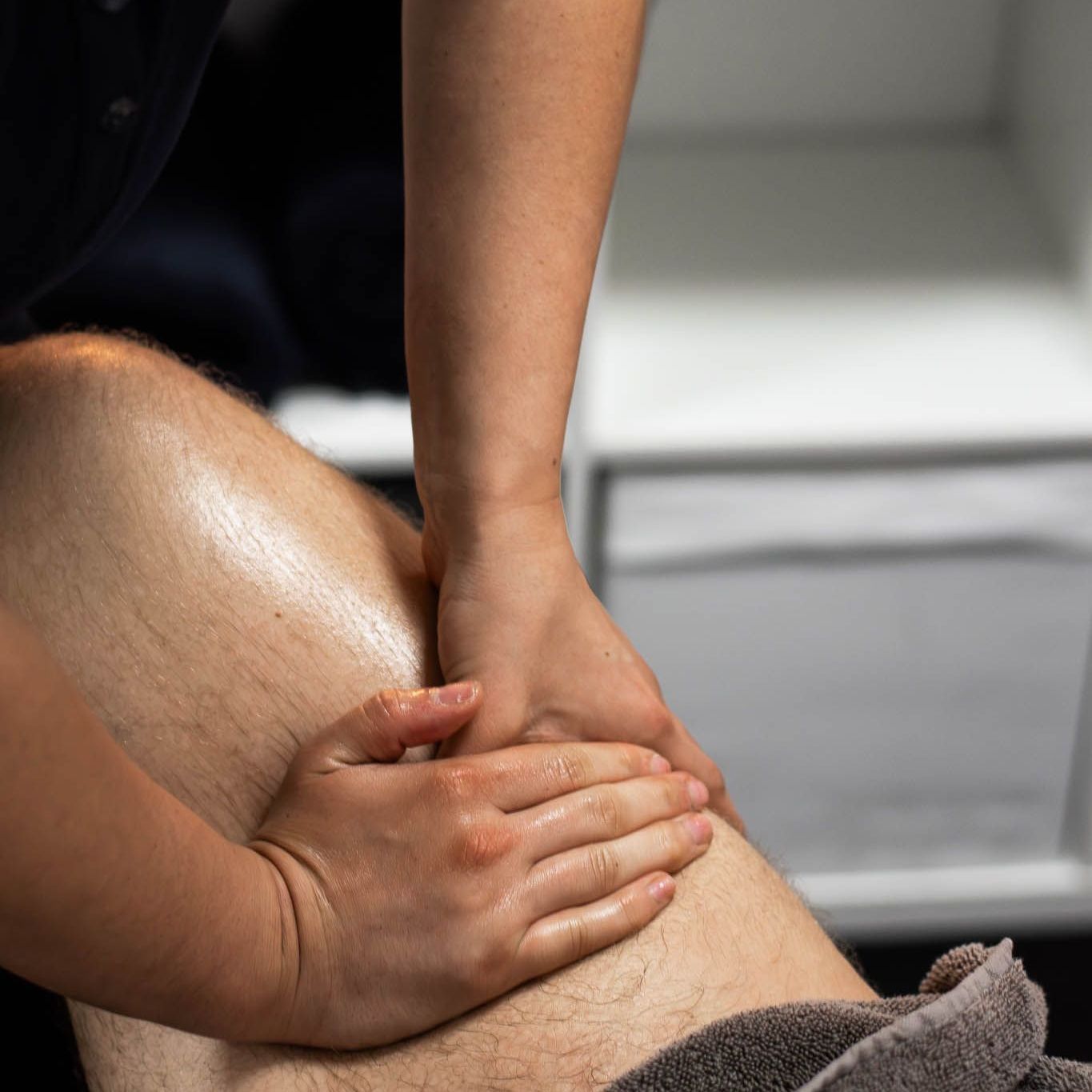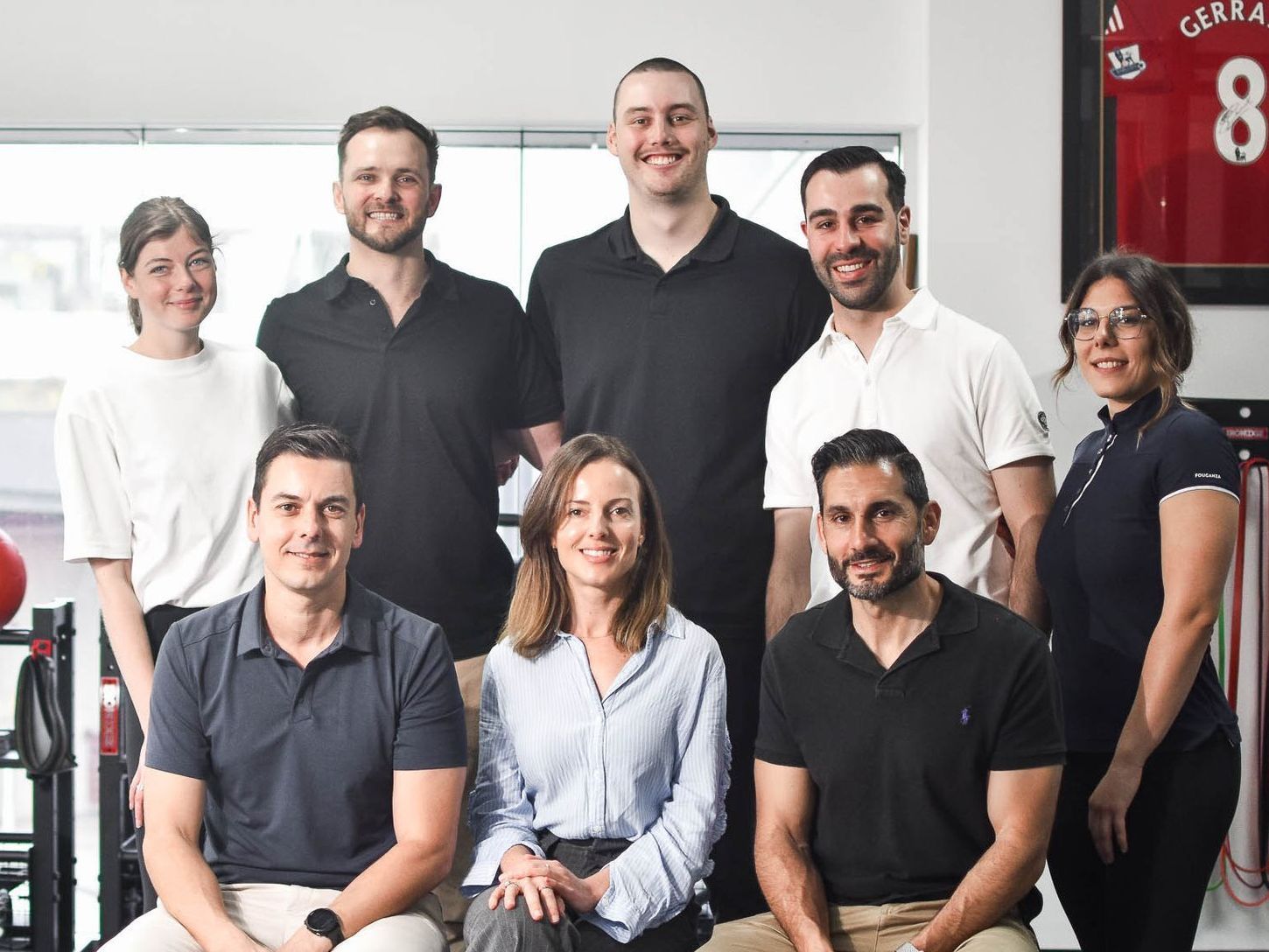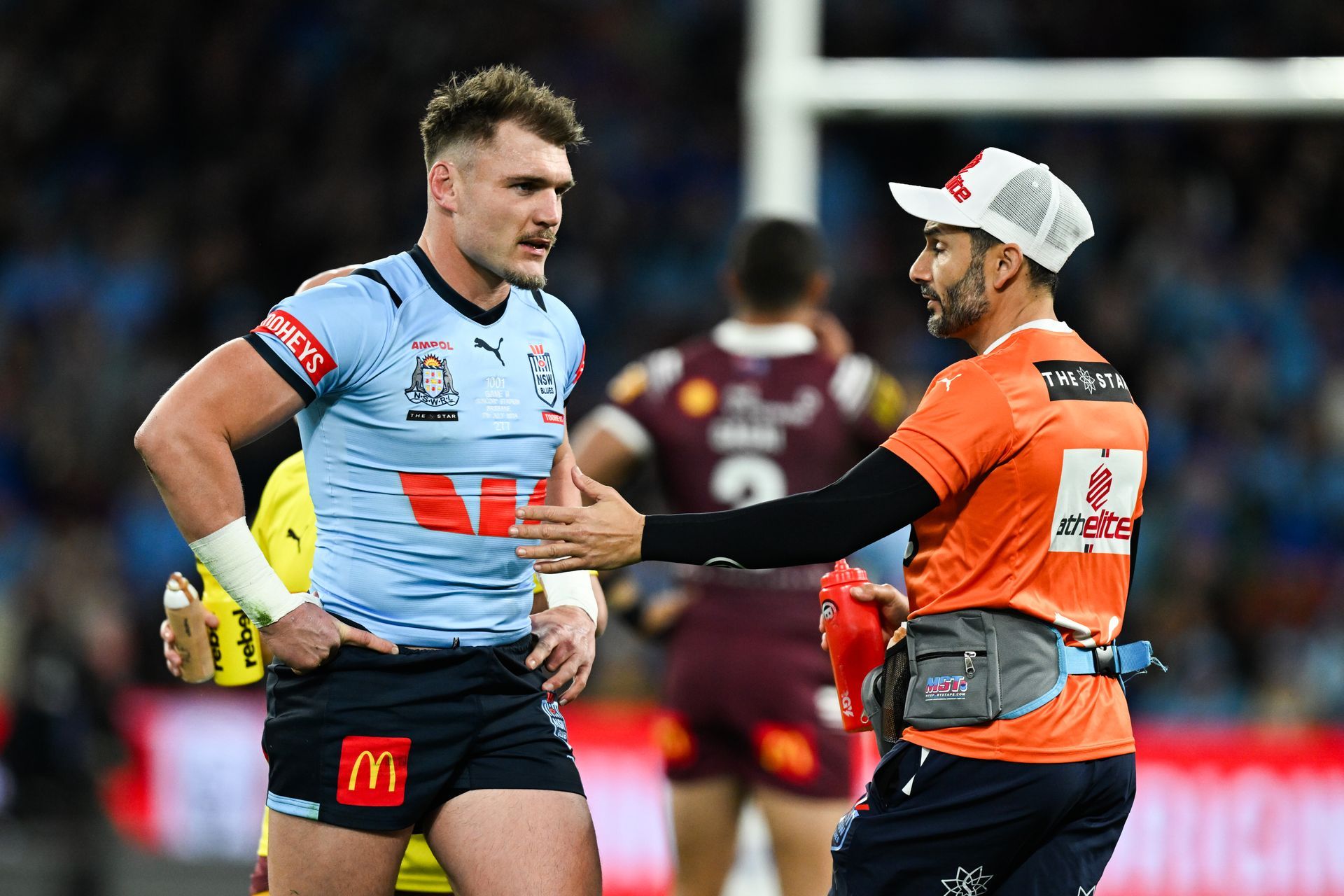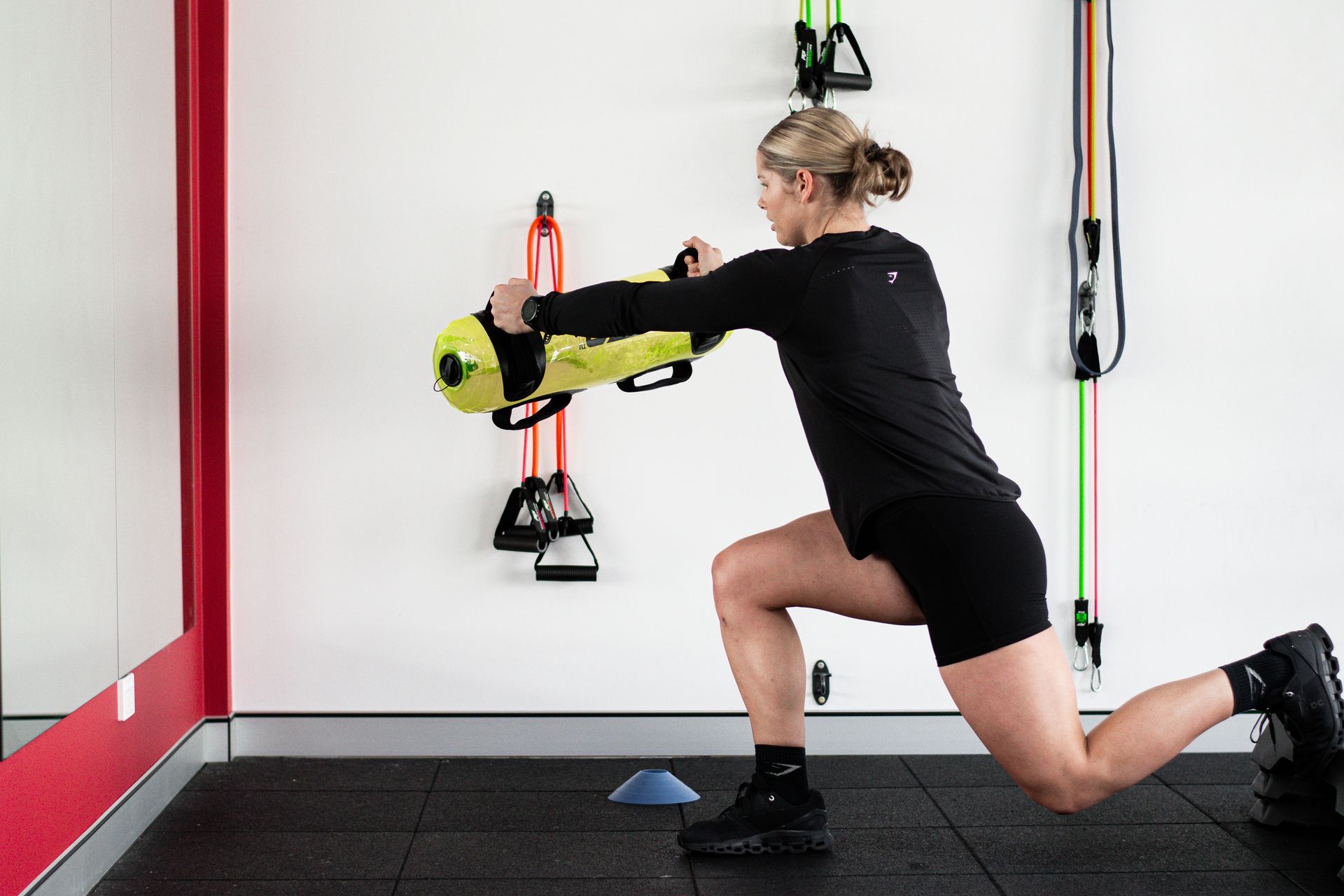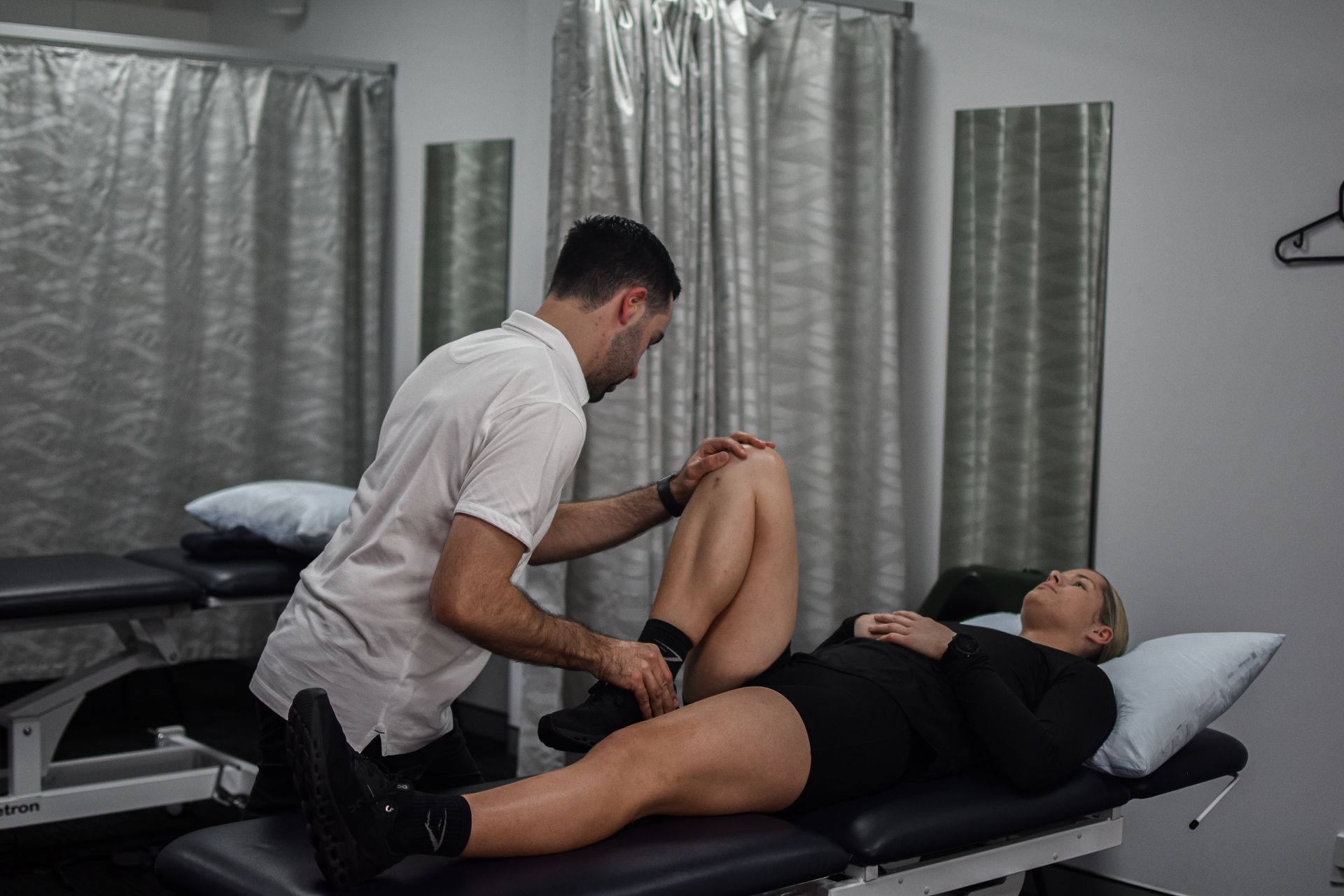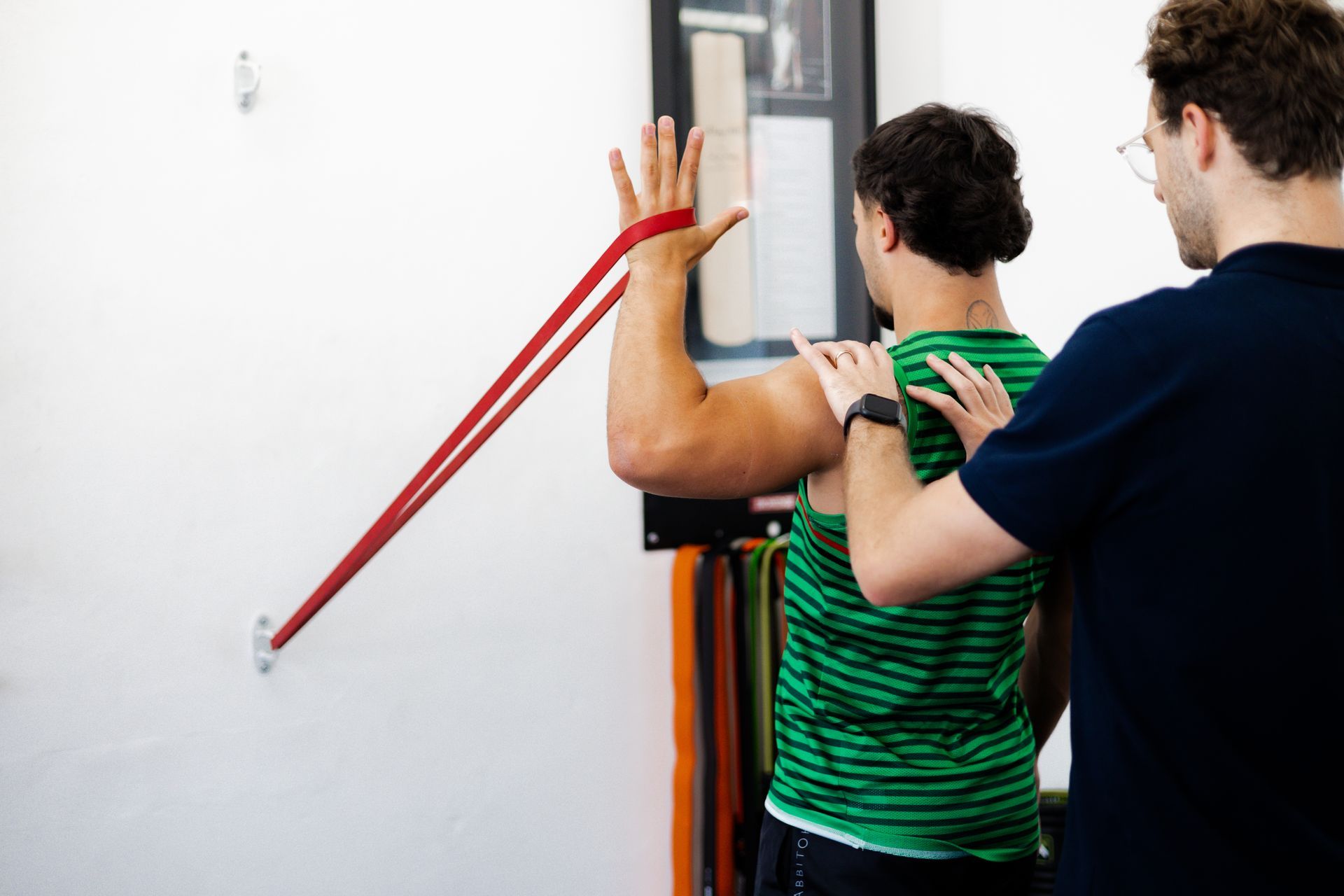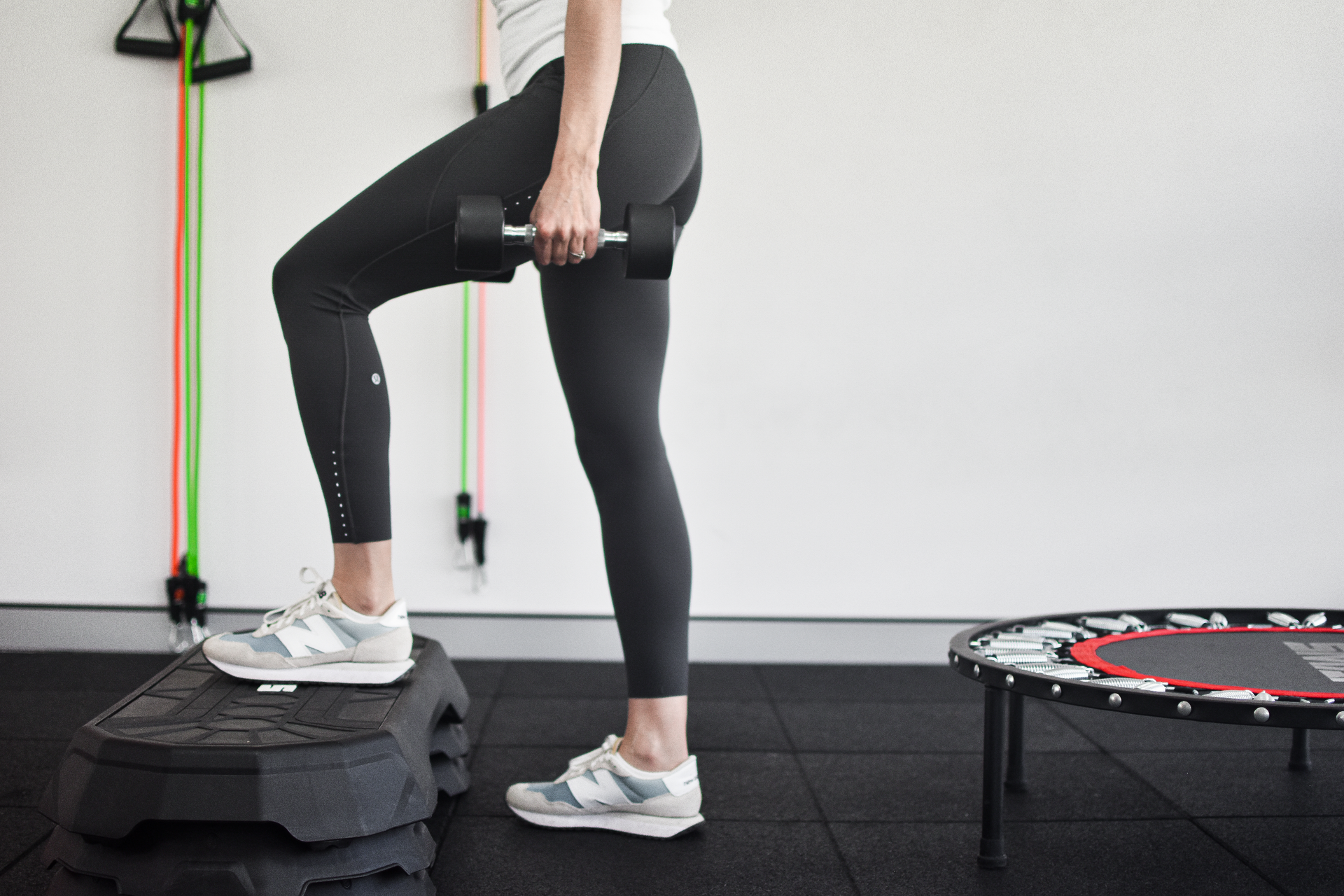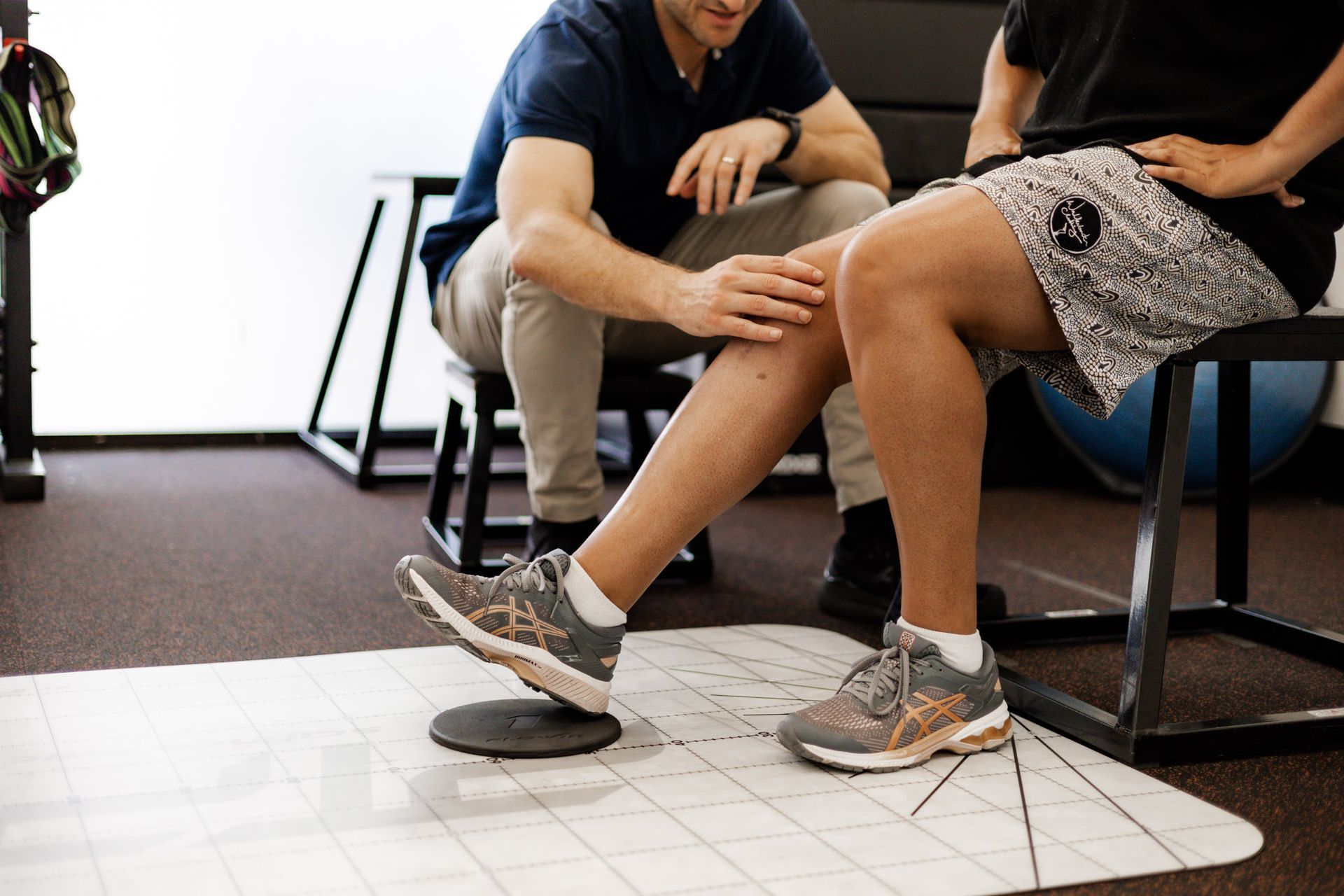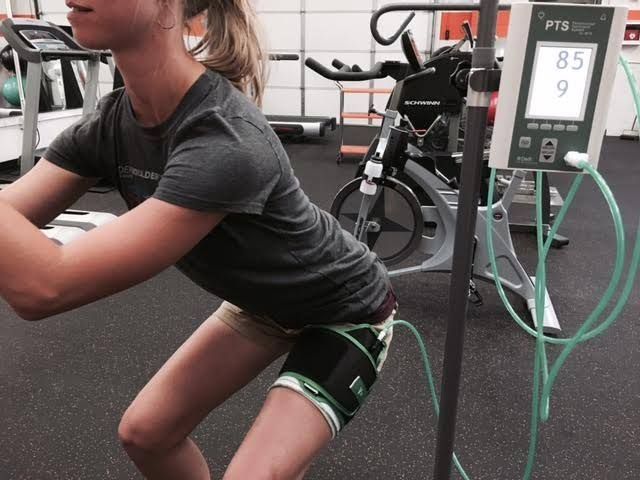Food Packaging Label Reading Made Simple
Food Packaging Made Simple
Label Reading
Food labels are meant to be helpful – a quick scan and you should be able to compare products and make a healthy choice. But all too often, they cause more confusion than clarity, and add to the hassle of supermarket shopping. Does this breakfast cereal have too much sugar? How important is sodium? Should I even worry about total fat? It can be difficult to know what to look for!
Below are some simple tips to help you take the stress out of label reading and choose products with the right balance of ingredients.
Start with the ingredient list
All ingredients must be listed on a product in order of the most to least by weight. Therefore, if a source of fat, salt or sugar is listed as one of the first few ingredients, this product may not be a healthy choice. My advice; choose products with a short ingredient list. If you pick up a product with numerous ingredients you’ve never heard of before, or lots of numbers, it is generally a good idea to put it back on the shelf. Familiarising yourself with the alternate names for sugar, salt and fat can also be helpful. Did you know that corn syrup, dextrose, glucose and rice malt are all just other names for sugar?
Check serving sizes
Always use the per 100g column on food labels to assess and compare products. Use the per serve column when looking at energy (kJ) content or sugar per serve. Remember there are often multiple servings in one package. Therefore, if a bag of potato chips contains three servings and you eat the whole bag, you’re going to need to multiple the kJs per serve by three.
Take energy into account
Everybody’s energy needs are different, so providing a kJ recommendation for food products is tricky. Some manufactures choose to include information about percentage (%) daily intake, which can be used as a guide, but remember this has been calculated on the needs of an ‘average adult’. Aim for 600 kJ or less per serve for a snack.
Watch out for added sugar
You’ll find sugar where you least expect it so always check this one. Stick to products that contain less than 10g per 100g and no more than 5g per serve. The exception to this rule is if the product contains fruit (as one of the first three ingredients), 20g per 100g is acceptable in this case.
Keep an eye on fat
While it’s a good idea to keep an eye on total fat, the others are more important!
Saturated fat and trans fat should be as low as possible, as these are the fats associated with disease risk. Look for products with less than 2g of saturated fat and no more than 1g trans fat per 100g. Monosaturated and polyunsaturated fats are an essential part of our diet and important for good health. Consume fish, avocado, nuts, seeds, extra virgin olive oil in small amounts. Less than 10g per 100g is ideal.
Check the sodium content
Sodium is used to enhance flavour, and even ‘non-salty foods’, can contain high amounts. Less than 120mg per 100g is considered low and anything greater than 400mg per 100g high. Compare products like bread, crackers and canned produce and choose ‘no added salt’ where possible.
Fill up on fibre
Particularly important when looking at products like bread, breakfast cereals and crackers. Products made with wholegrains will generally be high in fibre and do a better job of filling you up. Aim for 7.5g of fibre per 100g.
Be mindful of nutrition claims
Nutrition claims are statements made by food businesses and can often be misleading. Example, ‘baked not fried’ does not mean the product is lower in fat or energy, it may still be baked in oil. This is where knowing a few simple label reading tips can be helpful.
Our dietitians Chloe and Fiona, are available for individualised advice on reading food labels and help meeting any nutritional needs you may have.

